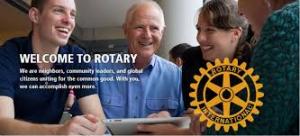Bat Walk Anne Youngman
Thu, Sep 3rd 2015 at 6:00 pm - 7:00 pm
Anne is the Scottish Bat Officer for Bat Conservation Trust. Her interest in bats was first sparked by a talk from Bob Stebbings during her Environmental Science degree. His knowledge of bats and enthusiasm for the subject was so contagious she was hooked
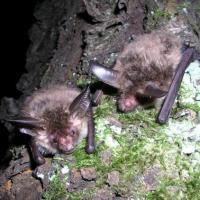
ROTARY GOES BATS
It’s dusk: the light is fading fast. You can see shapes, but it’s hard to pick out just what they are. There are shadows under the viaduct near the Faery Bridge in Dunblane. There’s some whispering and movement. What is going on? Overhead, there is a flutter of wings; dark shapes are darting here and there, silhouetted against the sky. There is a sense of excitement as the shadows under the viaduct, now clearly people, watch with interest the to-ings and fro-ings of bats as they sweep the sky in search of food.
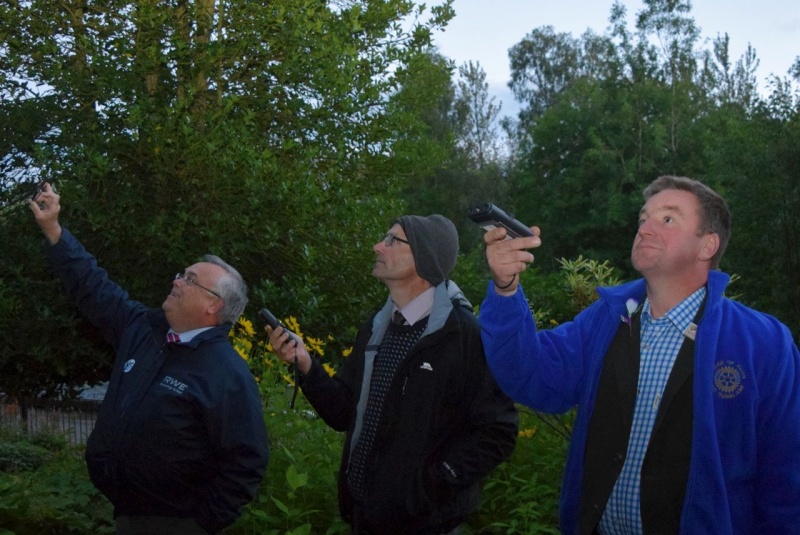
Led by Anne Youngman, the Scottish Officer for the Bat Conservation Trust, the members of the Bridge of Allan and Dunblane Rotary Club are on a bat walk, learning at first hand about some of the species of bats which have their habitat locally.
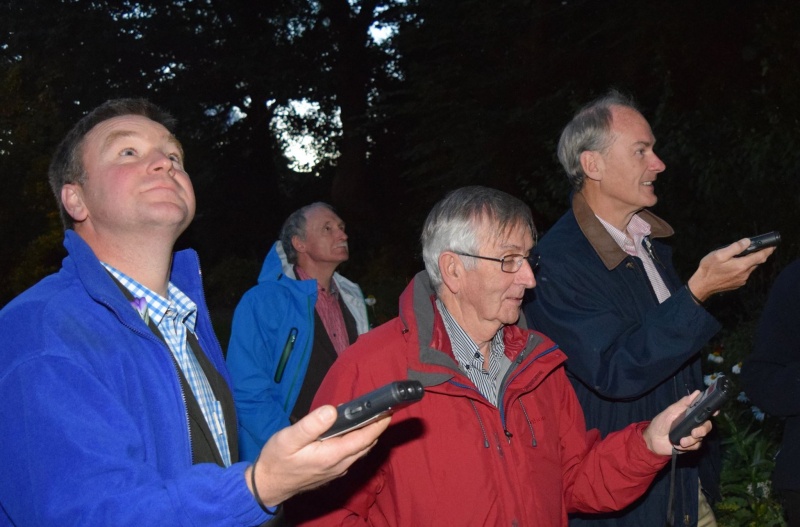
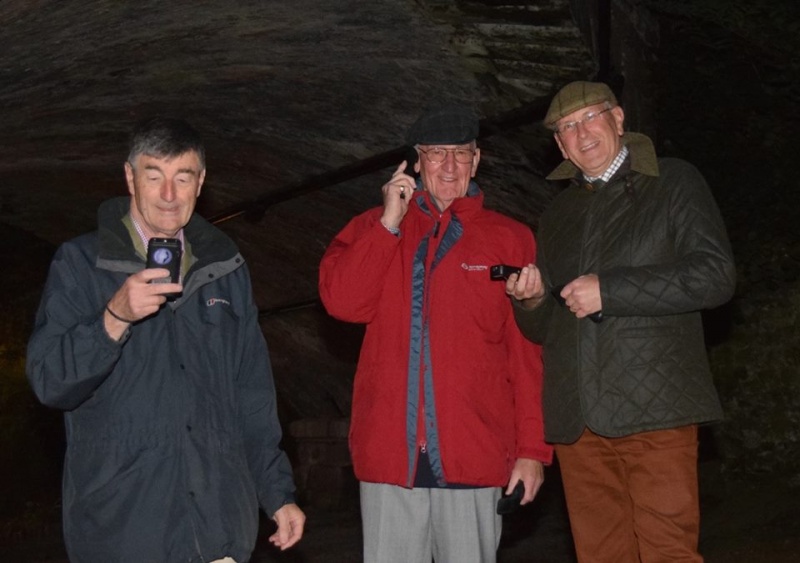
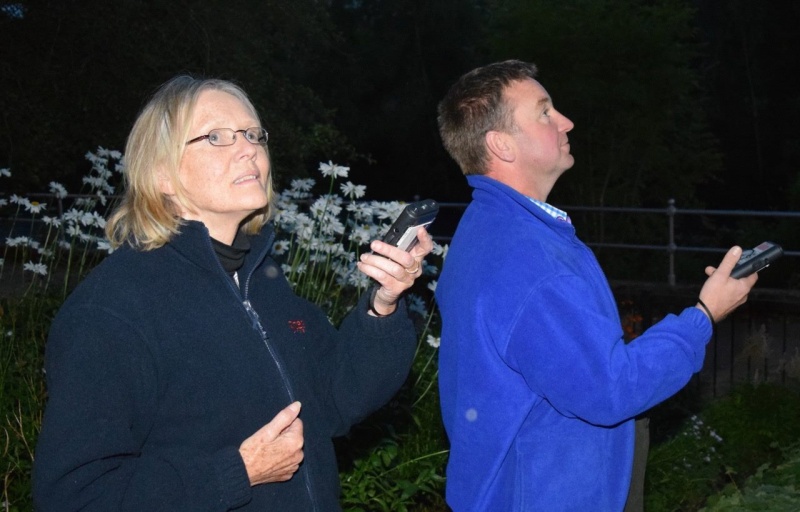
To prepare members for the walk, Anne began the evening in the Westlands Hotel by giving background information about bats. They are, she suggested, largely misunderstood: being out of sight, they are also often out of mind. But they are unique in that they are the only mammals which can maintain sustained flight. They give birth to live young –only one per female – which are about one-third the weight of the mother at birth. Surprisingly perhaps, their lifespan is in the region of 12 to 25 years, though one aged 37 was found recently. Another common misconception is that bats have poor vision. In fact, their sight is quite good, but they have adapted a form of echo-location to enable them to detect the insects on which they feed at dusk and in the night-time.
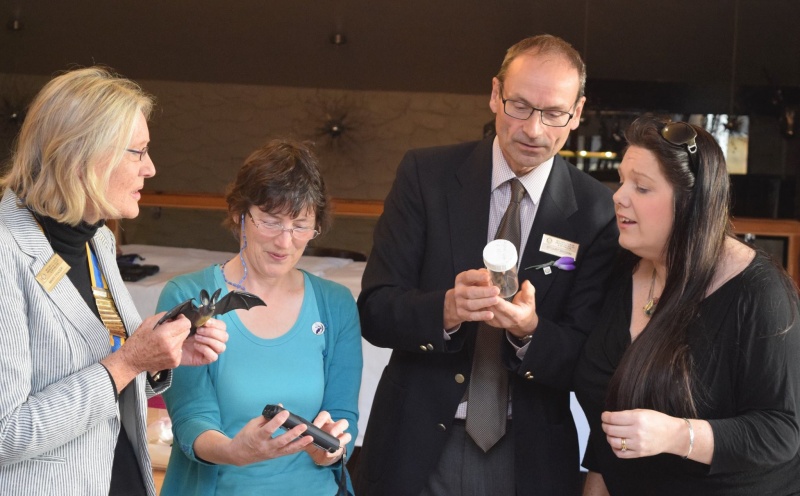
A bat’s life is not easy: they must eat huge numbers of insects and find safe roosts to bring up babies and hibernate. Each type of bat has a favoured roosting place: some choose a stately home, others prefer domestic buildings, while yet others will roost underneath a bridge. For hunting grounds, the preference is for areas of water, woodland and wildflowers, ideally, a combination of all three.
Bats have to be hardy to cope with Scotland’s short summer nights which give little time for feeding. If the summer is cold, wet or windy it will be difficult to find sufficient insects. If it is cold, wet and windy, then hunting can be impossible. This explains why of the 17 bat species found in the UK only nine are found in Scotland, with even fewer species the further north one goes. As a result of a significant decline in numbers over a sustained period, bats are now a protected species.
In addition to illustrating her talk with slides, Anne brought some examples of equipment used to promote bat roosts and some models of bats. Most attractively, however, she had brought a live ‘rescue’ bat – a pipistrelle of minute size – which intrigued members.
After this welcome introduction, members made their way to the Faery Bridge. With the aid of bat detectors, which translate the high frequency ‘shouts’ of the bats to a level audible to the human ear, bats could quickly be heard and then, increasingly, seen. Even in the early dusk a surprising number were detected, with numbers increasing as darkness increased. With the use of different shout frequencies, it was possible to distinguish that at least three bat species were in the air. All in all, a very interesting and satisfying experience for which Speaker’s Host Paddy Holmes thanked Anne, and members in turn expressed their approval and thanks in the usual manner.
.jpg)





